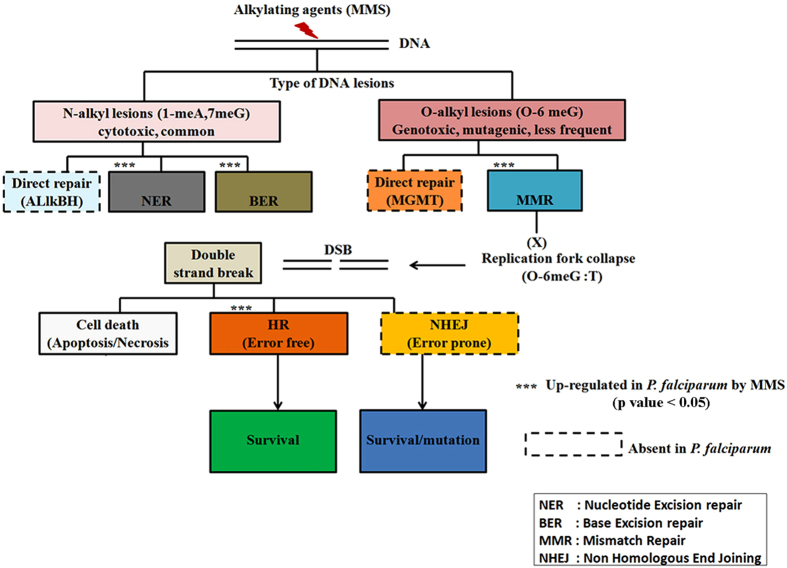Figure 7. Overview of the P. falciparum DNA damage pathways and their transcriptional properties under MMS-induced stress.
The initial N- and O-alkyl lesions of P. falciparum DNA caused by MMS leads initially to transcriptional induction of nucleotide excision repair (NER), base excision repair (BER) and mismatch repair (MMR). The subsequent induction of the double strand break repair (DSBR), namely the homologous recombination repair (HR), suggests that the MMS induced O-alkyl lesions was not be fully repaired by MMR. The transcriptional induction encompasses the majority (if not all) components of the P. falciparum DNA damage repair. Other components of eukaryotic DNA repair pathways such as nonhomologous end joining (NHEJ), or enzymes of direct repair (ALlkBH and MGMT) are not present in the P. falciparum genome (dashed line outline). Although extensive DSB could lead to cell death, 6 hr treatment with 0.05% MMS was likely counteracted by the DNA repair factors and did not lead to upregulation of putative factors of P. falciparum cell death. ***indicates statistically significant functional enrichment of genes of particular pathway amongst genes upregulated as a result of MMS-induced DNA damage. This outline is based on bioinformatics sequence analysis and the transcriptional results presented in this study.

